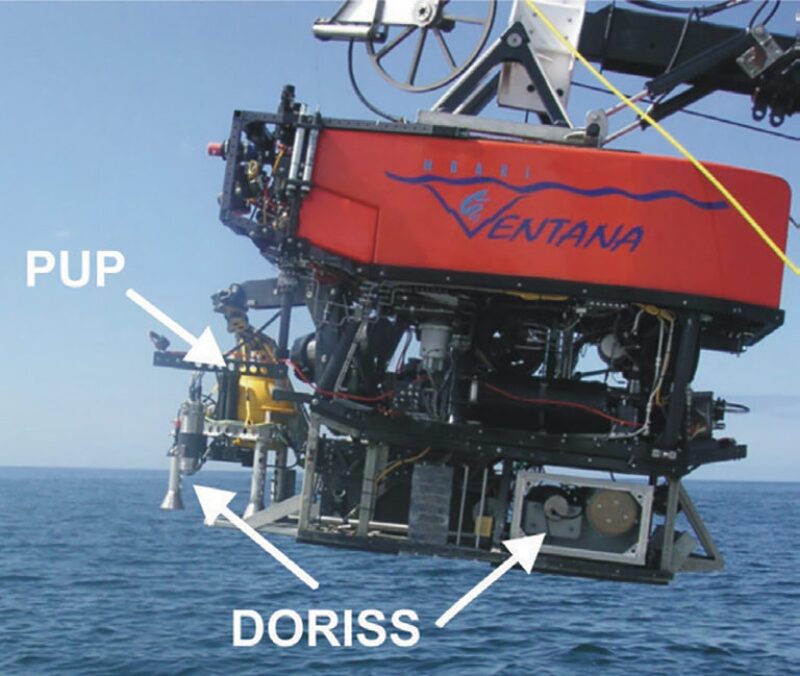The deep-ocean Raman in-situ-spectrometer (DORISS) instruments were developed for the purposes of identifying compounds and studying in-situ chemical reactions in a nondestructive manner while working with solids, liquids, and gases. The approaches used in the development of three generations of instruments have been successful and have shown that not only is Raman spectroscopy feasible in the deep ocean, but also its results are entirely comparable with spectra taken in terrestrial applications. DORISS has also shown that in-situ measurements are more accurate than returning many samples from the deep sea.
Introduction
The approach taken began with modification of a standard bench-top laboratory unit for use at sea to demonstrate feasibility. The second generation then solved several impediments to improved performance in the deep sea and contributed to the development of additional tools to enhance capabilities.


